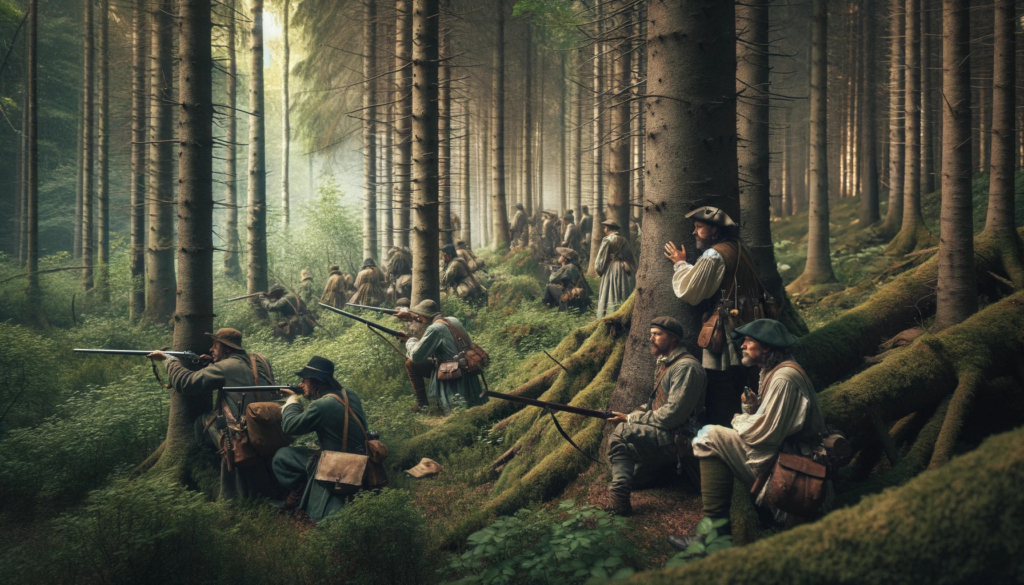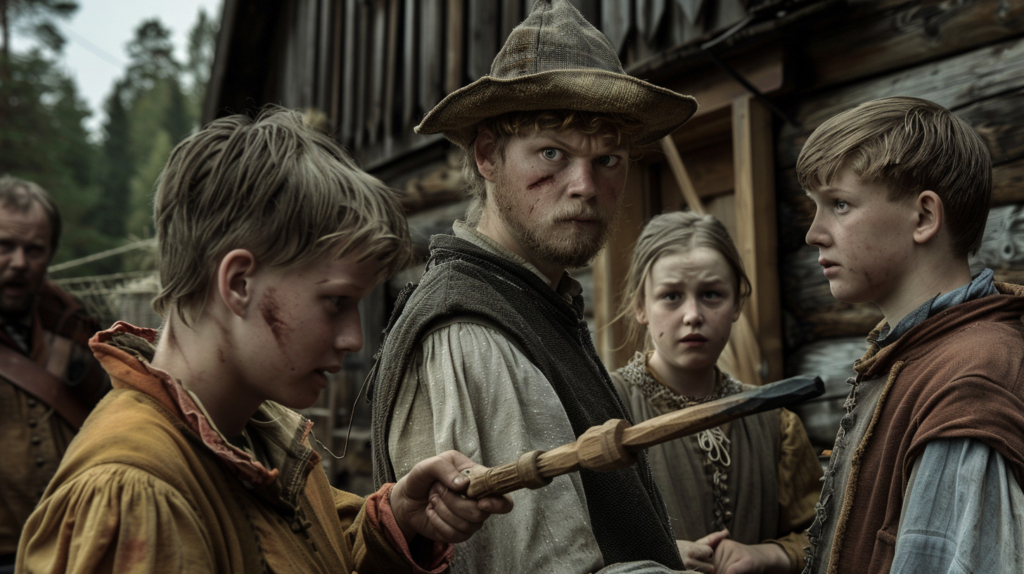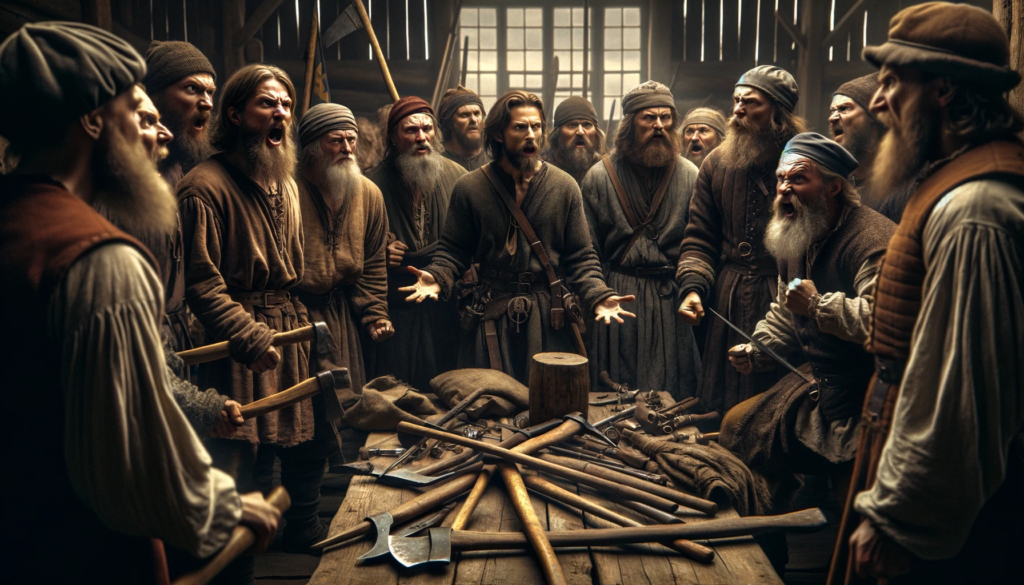After the introduction of Nils Dacke and the beginnings of the revolt, let’s turn to the rebellion that bears his name.
The king, Gustav Vasa, was not particularly worried about the news of a revolt in Småland – at first. Small scale uprisings were after all not that uncommon. He sent a small force of 400 foot soldiers to quell the unrest.
Once they arrived in Småland however, they realised they were too few. Dacke’s army consisted att this time of around 3000 peasants. In July the first battle of the Dacke War was fought, and ended in victory for the rebels. The king’s representatives had to negotiate a truce.
The peasants’ demand was that taxes and the church should return to the old ways. It is worth mentioning that the peasants were by and large not revolutionaries who wanted to overthrow society, most were quite conservative and wanted to return to the “old order”.
Despite the truce, both sides gathered forces for the coming battles. The king hired mercenaries from Germany, while Dacke continued to recruit peasants in the region. In September, the truce was broken when the king’s forces attacked from two directions.

This time, the king had the larger force, but Småland was a heavily wooded area and in the dense forests the peasants lay in ambush for the king’s men and shot them with both arrows and bullets. One part of the army gave up and turned back once they realised they had no chance of winning in the forrest.
The other force met less resistance – in fact they were greeted by the locals who offered to feed the troops. But while they awaited provisons, the local priest sent out runners with a call to arms.

In the Nordic countries this was called ”budkavel” – a physical object, often made of wood, sometimes burned at one end and with a rope at the other end, to signify that those who ignored the call to action could look forward to having their farm burned or to be hanged.
The priest that sent out the ”budkavel” in September 1542 also included pictures of a hand, a foot and a breast, meaning that the royal troops meant to cut of one hand and foot from each man and one breast of each woman, unless they were stopped.
The call to arms and the dire warning had effect. One early morning the mercenaries were awakened by the sound of thousands of ax blows. The peasants quickly cut down trees around their camp, creating a kind of abatis, which enclosed the soldiers while providing cover for the peasants, who from behind the felled trees fired at their enemies with crossbows and rifles. Not many of the mercenaries survived the day.
After this victory, the rebellion spread like wildfire through southern Sweden. The king finally began to realize the seriousness of the situation and sent word to Nils Dacke for a renewed truce. Again, Dacke demanded that taxes be lowered and the church be restored to the Catholic order.

But Dacke began to have more problems than the king. His rebellion had grown so large that it became difficult to control. Nils Dacke was just a simple peasant. That was what made many peasants follow him, but others refused to obey his orders for the very same reason. Not all of his followers accepted the truce, but continued to attack bailiffs and nobles.
At the same time, Gustav Vasa’s propaganda machine was very busy. By spreading lies about the rebellion, he gathered not just mercenaries but peasants from other parts of the country to his cause.
By the end of January 1543, the king was ready for renewed attacks and the truce was broken yet again. For about a month, the peasants managed to hold their own against the militarily superior royal army. But soon Dacke and his men would suffer treachery, and as spring approached, fortunes began to turn for the insurgents. Nils Dacke’s days were numbered…
Sources:
Adolfsson, Mats. Fogdemakt och bondevrede. Svenska uppror: 1500 – 1718. (2007)
Blom, Tomas. Dackefejden. Det stora upproret. (2019)

